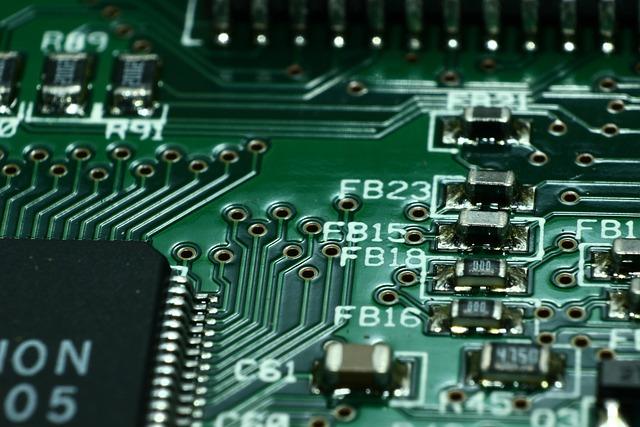Golfers seeking to refine their short game often grapple with a common set of mishits known as chunking and skulling. These frustrating errors not only compromise distance and accuracy but can also leave players exasperated on the course. In this article, we explore the root causes of chunked and skulled chip shots, offering expert insights and practical tips to help golfers regain control and improve their scoring around the green.
Understanding the Common Causes Behind Chunking and Skulling During Chip Shots
Chunking and skulling during chip shots are two frustrating errors that plague even seasoned golfers, often stemming from subtle yet critical mistakes in technique and setup. One primary cause is an improper weight distribution; if too much weight is placed on the back foot, players tend to strike the ground before the ball, leading to chunked shots. Conversely, leaning too far forward can cause the club’s leading edge to hit the ball’s upper surface, resulting in skulling. Additionally, swinging with an overly steep or scooping motion disrupts the club’s natural path, exacerbating both problems.
Beyond body positioning, equipment and mental focus play a significant role. Golfers using clubs with too much bounce or poorly suited loft may find consistent solid contact elusive. Moreover, a rushed or tense approach often leads to premature wrist release or poor clubface control. To illustrate, here’s a quick comparison of factors contributing to each mishit:
| Cause | Chunking | Skulling |
|---|---|---|
| Weight Distribution | Excess on back foot | Too far forward |
| Swing Path | Too steep, hitting ground | Scooping, early contact |
| Clubface Angle | Open at impact | Too flat or closed |
| Mental Focus | Rushing the shot | Tension in wrists |
Effective Techniques and Practice Drills to Eliminate Chunking and Skulling for Consistent Performance
Mastering the art of chip shots demands precision and consistent technique to avoid the dreaded chunking and skulling mistakes that often plague golfers. One of the most effective methods to sharpen your touch is to focus on your setup fundamentals-ensure your weight is slightly forward, hands ahead of the ball, and maintain a narrow stance. Integrating drills like the line drill, where you place a chalk line or alignment stick just in front of the ball and practice striking without contacting the ground before the line, significantly improves clubhead control. Additionally, practicing half-swing chips with a controlled tempo promotes a smooth strike, preventing the club from diving into the turf or launching the ball too low off the blade.
Regularly incorporating targeted practice routines into your regimen transforms technique into muscle memory, dramatically reducing errors. Here’s a quick overview of drills designed for optimal touch and consistency:
- Gate Drill: Place two tees just wider than your clubhead to encourage center-face contact.
- Low Trajectory Drill: Practice hitting chips with hands slightly ahead and a descending blow to avoid skulls.
- The Noise Reduction Drill: Focus on eliminating noise before ball contact, promoting clean strikes.
| Drill | Purpose | Key Focus |
|---|---|---|
| Line Drill | Prevent chunking by controlling turf contact | Precise clubhead path |
| Gate Drill | Improve strike consistency | Center face impact |
| Low Trajectory Drill | Avoid skulling by controlling loft | Descending strike angle |
Closing Remarks
In the world of golf, mastering the delicate art of chip shots can often distinguish a good player from a great one. By addressing common pitfalls like chunking and skulling, golfers can significantly improve their short game and lower their scores. Whether you’re a weekend enthusiast or a seasoned pro, understanding and applying proper technique is essential. As more players focus on refining these skills, the game continues to evolve, reminding us that even the smallest improvements can lead to big results on the course.








